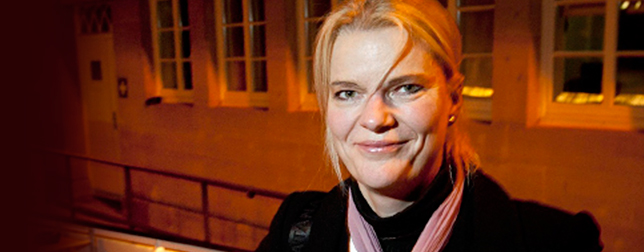The Wearable Technologies (WT) mega trend got off the ground half-way through the 1990s. Three workshops organised as early initiatives and sponsored by DARPA, Boing, CMU, MIT and other major players, were held in 1996. These events focused on the capabilities of future wearable systems with break-out sessions on hardware, software, networks, human factors and applications. Predictions for the market results of Wearable Technologies soared to unprecedented heights. With the first International Symposium on Wearable Computers・held in Cambridge, Massachusetts, in 1997, the green light was given for a paradigm shift in information technology.
Researchers and analysts took part in this event to discuss the future of industrial and business applications, new hardware and software technology, personal applications, new wearable sensors and displays. Expectations ran high and have continued to enthrall pioneers to this day. Continued advances in semiconductor technology increased the performance of microprocessors requiring less power and less space. Decades of research in computer sciences provided the technology for hands-off computing using speech and gesture for input. Head-mounted displays weighing only a few grams have been launched. Combined with mobile communication technology, users can now access information any time, any place, anywhere. The first wearable computer provided automatic, portable access to information. Even augmented reality became a main topic in the research field. Computers should now be on the periphery rather than at the centre of our attention. Wearable computers were aimed at taking the future of computing into the next century.
As a member of the MIT industrial liaison program, I had an opportunity to be involved in general discussions centred on these developments and to participate in revolutionary Negroponte brain-storming sessions on intelligent interfaces connecting humans with computers. Over the last decade, researchers have worked on actual and visionary systems, thus expanding the practical applications of Wearable Technologies. Since then, many inventions have come to fruition. The wearing of information technology on the human body is now becoming a mainstream occurrence.
In addition, three trends within Wearable Technologies – 1. Wearable Computer & Electronics, 2. Smart Clothes and Smart textiles and 3. Smart materials especially polymers have been developed for the mass market, each of which has different dynamics. Whereas Wearable devices witnessed a continuous increase in terms of acceptance and market launch, especially with sports, wellness and health applications, smart clothes and textiles as well as smart polymers for the coding of brand products, for example, had yet to realise their full potential. The inspiration behind earlier developments was still needed in order to convince producers and users. The market quite rightly expected more reliable products as a result of interdisciplinary cooperation, low power applications, new hybrid offers, new functions, smart materials and infrastructural frames. Questions about data protection, licensing, especially for medical products, guaranteed rights or rules of return were important challenges alongside new commercial platforms, expectations for mature products and clear definitions about added value. Companies conquered the innovations market and some relinquished the business sector because of numerous unresolved issues.
Jonny Farringdon, a key player in the early years of the active “Wearable movement” at Philips Research Laboratories, and nowadays working at Body Media, often welcomed me at conferences with the stock phrase, ”Glad you’re still there!“ geared to industrial partners on the interdisciplinary side who were not yet fully convinced about the mass market potential of Wearable Technologies. Today, most “childhood illnesses” have been overcome thanks to continuous research and on-going progress. Most problems can be solved and logical interlinking with new paradigms such as “Ambient intelligence”, “Ubiquitous Computing”, “Ambient Assisted Living”, “Smart Houses”, “e-Health”, “Smart grids” or “Cloud Computing” have supported numerous advances. The commercial development of plastic electronics will expand, offering interesting opportunities for developing wearable technology systems using potentially more robust, waterproof electronics.
The possibilities for the development of Wearable Technologies are infinite. According to the latest market figures from ABI research, the world market for home health and fitness wearable devices alone will grow from 18.74 million devices shipped in 2011 to 167.36 million in 2017, representing a CAGR of 52%. Theparadigm shift is here now as evidenced with the eco system ready with the smartphone. The time is ripe to invest in this huge market.
About the author: Astrid Böger worked as junior professor at the Institute of Electrical Engineering and Communication at the BTU Cottbus for several years with main expertise and research interests in wearable electronics and computing. In May 2012 she will begin a new chapter in her life and continue her career at T-Systems












